An anticipated shootout turned into a slow, grinding affair thanks to a low possession game, red zone struggles, long fields, and a lack of explosive plays from both teams. The advanced stats liked the Irish offensive performance more than most fans, and the defense impressed by creating havoc while simultaneously limiting big plays from a talented Cardinal offense.
Confused? Check out this handy advanced stats glossary here or reach out in the comments.
Nothing close to garbage time in this game, but as usual kneeldowns have been excluded. Sacks are counted as pass attempts, scrambles as rushing plays.
Explosiveness
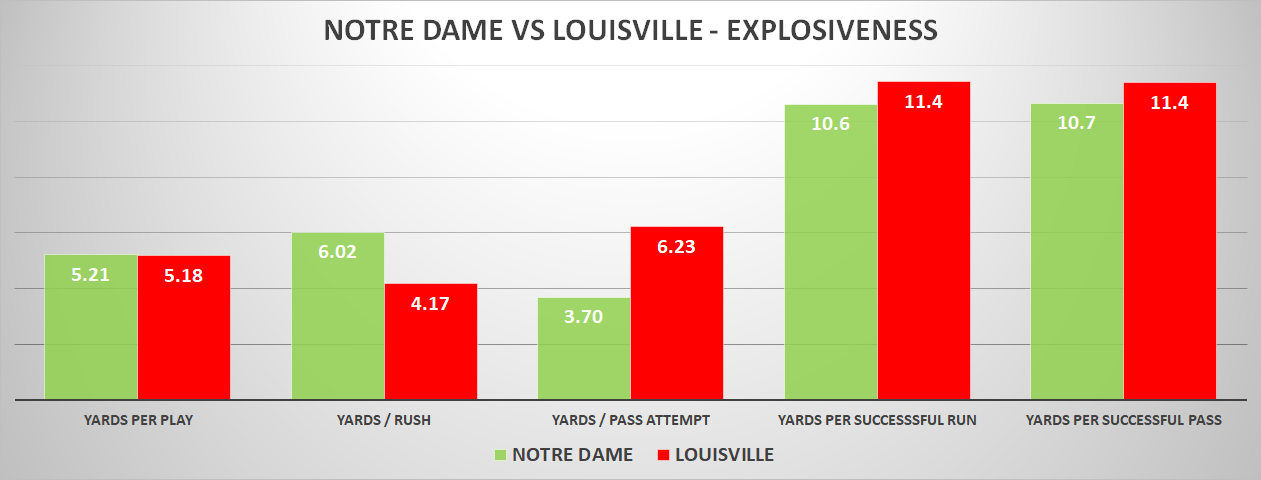
The Notre Dame offense is in a somewhat strange place right now. It has one clear reliable strength in the run game, but in isolation, that strength isn’t quite good enough for Brian Kelly’s lofty ambitions. There are the raw materials present for a passing game that can be fairly dangerous, especially when complemented with the ground game. But there so many pieces that still need to fall into place – getting FSU Ian Book (8+ yards per pass!) on a consistent basis, playcalling and scheme have to be terrific, and the fully formed presence of Braden Lenzy and Kevin Austin. Those things haven’t come together yet and may not, but as many (including Eric’s great write-up) have pointed out, trying to raise the ceiling of the offense via the passing game made sense initially, as did abandoning it later in the windy conditions and maybe a tighter game than expected.
Against Louisville the lack of explosiveness was noticeable – the Notre Dame drives that ended in field goal attempts (real or fake) were each 12+ plays. It’s asking a lot of the offense to grind those drives away without a negative play, penalty, or drop that puts the team off schedule. The passing game has yet to stretch things vertically – the Irish have just three gains of 30+ yards through the air. Two came last week courtesy of nice downfield work by Javon McKinley, who came down with just one catch on four targets versus Louisville. The other was the Kyren Williams screen that was almost taken to the house in the opener against Duke, but was caught behind the line of scrimmage.
When the passing game isn’t humming or at least more threatening, it creates a slim margin for error – one that was barely survived against the Cardinals thanks to the work of the run game, Clark Lea’s defense, and a pliable opponent in Louisville. Things will stabilize, it won’t always be gusty, and there will be more chances – starting with a Pitt defense next week that is just as aggressive, more talented, but susceptible to the big play. The Cardinals had been a mess defensively heading into this game, but made Book uncomfortable with their aggression early and aided by the wind. Unfortunately for the upset bid, the offense shot itself in the foot multiple times and the Irish were extremely successful in limiting their playmakers.
Side note: as I was writing this, there was a ton of hand-wringing as tweets from PFF and beat writers circulated about Notre Dame’s lack of explosive pass plays, especially to wide receivers. This is no doubt an area of concern but also the lack of production so far shouldn’t be confused with the inability or lack of potential to change that. Book and Rees, for a variety of reasons, have not attempted many downfield shots.
The Duke game featured a couple, but things were humming on the ground and in the intermediate to short pass game. Against USF it was not needed. Somehow, same against FSU (although it looked ok there despite barely any Kevin Austin) when ND averaged 8 yards per carry. Louisville was windy and weird. The context matters, and when we zoom out the Irish averaged 7.8 yards per pass attempt last year with fun deep balls to Claypool and Lenzy, and wake up today averaging 7.5. It’s been four games, let’s see how this plays out and stop making every game to game slip a referendum on what is needed to beat Clemson, because everything needs to be perfect.
The yards per play were deadlocked in this one when you remove kneel-downs. The Cardinal are better than their record would indicate, but the offensive performance feels somewhat deflating given the Miami and Georgia Tech both eclipsed eight yards per play against Louisville. Still, for all the heartburn of the game, the Irish had seven possessions and went to the red zone in five of them. Put those numbers against a normal pace, score something like your average on those trips (in 2019, an excellent 5.8 points per red zone trip) and no one bats an eye.
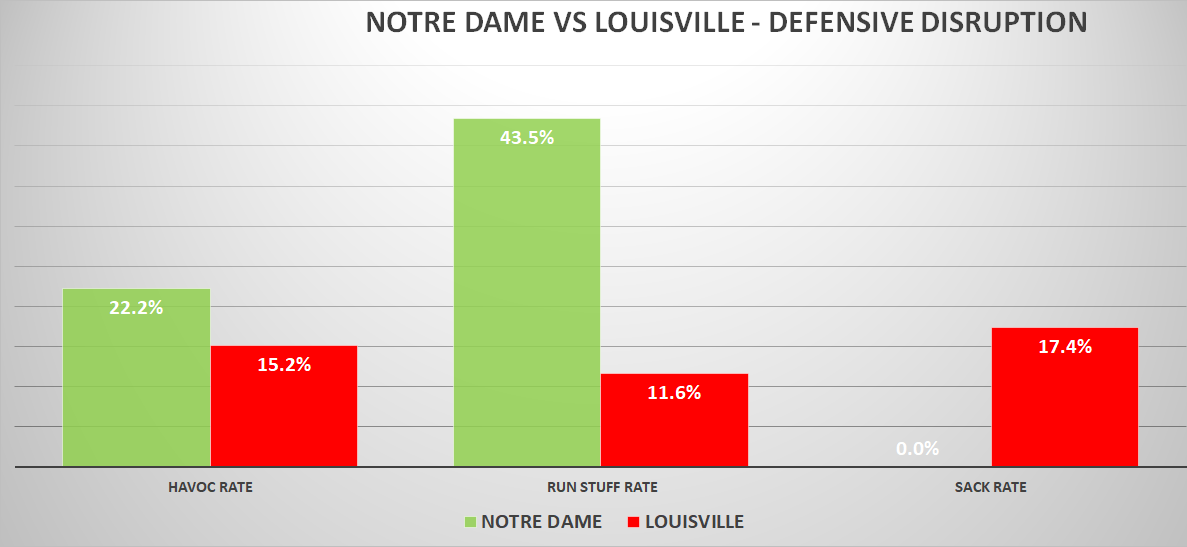
Scott Satterfield’s team entered ranked 12th in Offensive SP+ but with extreme boom or bust tendencies. They had a ton of long plays but frequently gave up sacks and tackles for a loss (nearly 10 a game!). The Irish weren’t able to bring down Malik Cunningham (more Isaiah Foskey please), but they did generate a ton of negative plays, including a massive 43.5% stuff rate (runs for no gain or a loss). The big-play passing offense was held to just 6.23 yards per attempt, and just two completions over 13 yards.
Efficiency
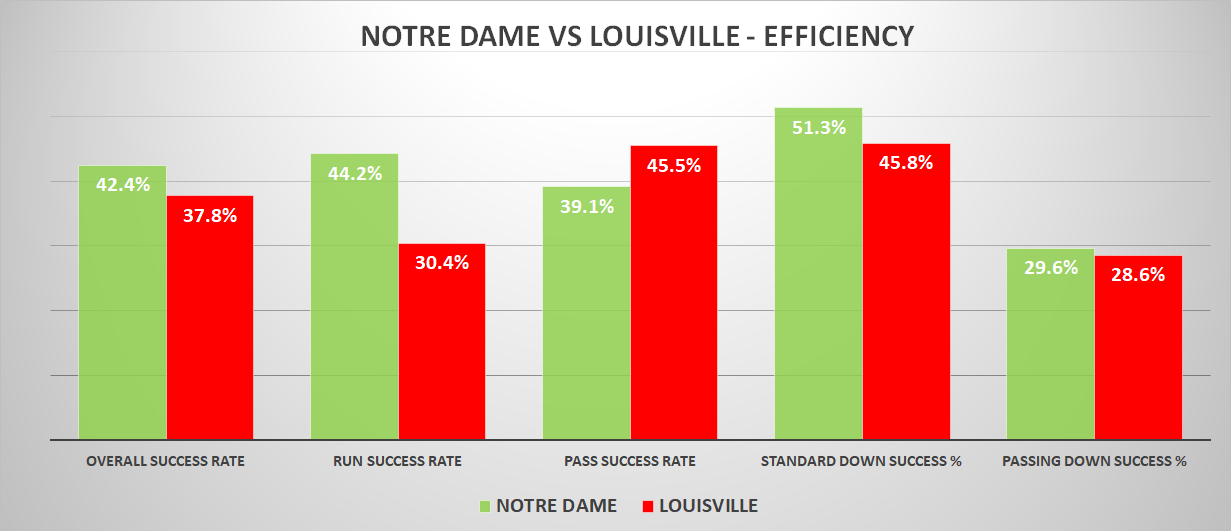
This was the polar opposite of the FSU performance by the defense – in fact, if you had asked me to predict how the Irish defense would have fared in each game, I would have totally flipped the results. A week after giving up several explosive plays (to a Seminole offense that had struggled to create them before their QB change) the Notre Dame defense clamped down against Louisville. The Cardinals give up negative plays but find success with quick strikes, and the Irish refused to give those up.
If you’re wondering why most advanced stat systems didn’t drop the Irish after the ugly 5-point win – SP+ still has the Irish as the 4th best team that has played – the efficiency edge is the reason. Explosiveness is less stable and predictive than success rates over time, so efficiency is the top driver of SP+. And while the early Notre Dame ACC schedule has been exceedingly kind, the ND efficiency advantage is massive – a 51.8% success rate offensively compared to allowing 32.8%.
Louisville managed just 3.6 yards per average first down play, and between negative plays forced and penalties their average 3rd down distance to gain was 12.3 yards. All the caveats that apply to Notre Dame’s scoring issues equally apply to the Cardinals – wind, few plays and possessions, etc. – but this was the classic Lea bend but don’t break, and against what is likely the 3rd best offense on the 2020 schedule.
There’s not much new to say about the Irish rushing offense as they add another strong performance to the resume. Kyren Williams was successful on 44% of his runs, and Ian Book chipped in 68 yards on the ground at 8.5 yards per clip (removing sacks). If we use expected points added (EPA), a measure of how much each individual play impacts your chances of scoring, Book actually added far more expected points with his runs (8.1) than 19 pass plays (2.3). Chris Tyree was this close to breaking a few big plays, which in hindsight is fine, let’s save those for later.
Finishing Drives, Field Position, & Turnovers
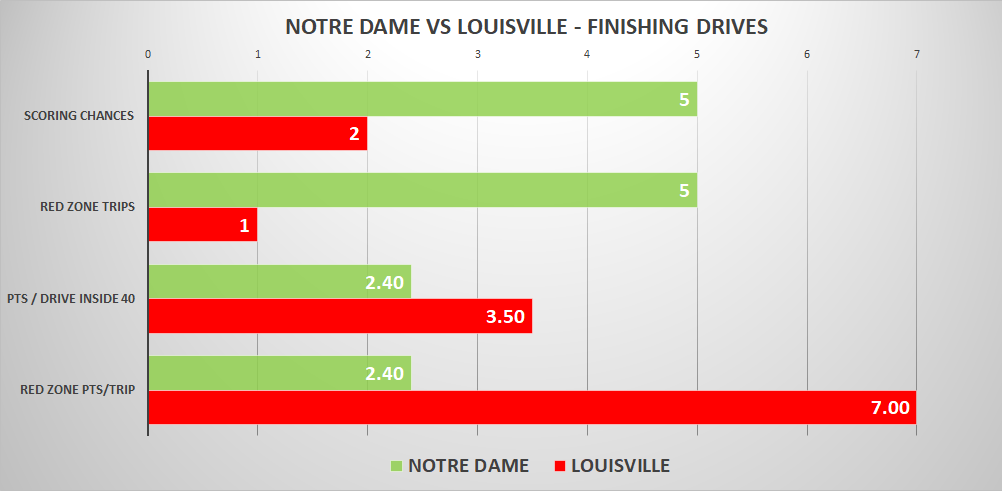
You don’t need charts and graphs to know that finishing scoring opportunities was an issue for Notre Dame. One of the scoring chances that came up empty was the final drive of the game that sealed the win though, and the fake field goal left some easy points out. This is another area that tends to regress over time to the overall quality of your offense. The Irish have had some seasons where they start out on fire converting touchdowns, only to stall out later in the season (2017), and vice versa. I suspect the underlying driver of converting these chances is moreso the overall caliber of the offense than red zone / scoring execution. Your 2019 top P5 teams converting red zone chances into touchdowns? In order, it’s LSU, Ohio State, Texas, Notre Dame, Clemson.
The bigger win was holding Louisville to just two scoring chances, one of which came in a mad rush just before halftime. The 5-2 edge in scoring chances combined with the efficiency edge is a reason that advanced box scores give a 89% postgame win probability despite the close second half.
Challenging field position helped depress the scoring along with the slow pace, as both teams had almost all of their drives starting from inside their own 30-yard line. Louisville held a slight edge, starting one drive on the Cardinal 49 (a 3-and-out) and with a five yard advantage in average starting field position. The Irish average start was at their own 19 – no cheap drives in this contest.

A clean sheet for both teams on turnovers, without many opportunities as well. The Irish were technically a little lucky, throwing more passes that were broken up than the Cardinals without an interception. This was Ian Book’s worst performance so far in terms of number of times he put the ball in danger with four pass break ups in this game versus four total in the previous three games.


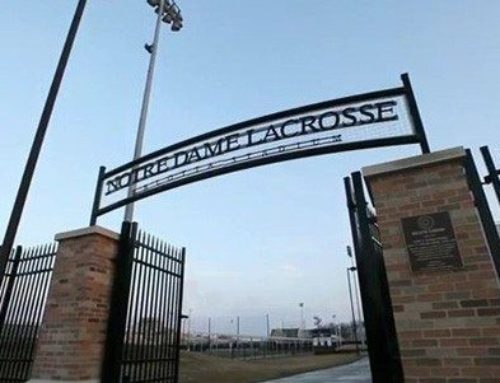
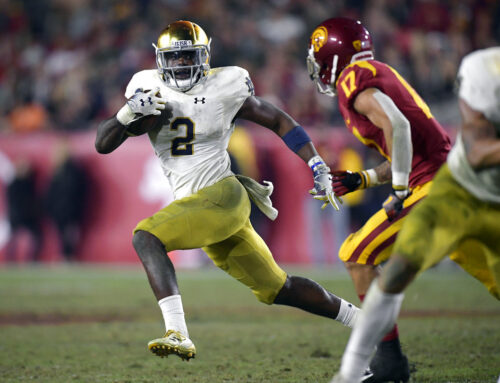
I forgot about our lack of sacks again. I’m not sure why, but we just have not been able to consistently get to the QB and finish the past few years (or really very often at all during the Kelly era). Might be because we tell our DBs to play soft, opening up those quick but short passes for opponents. In general, this works just fine against most teams. Against Clemson, our DEs must get pressure on Lawrence to have a chance.
right I think the answer is if you are doing well on passing downs the sacks are nice but not a need to have generally. if there’s a trade-off between more sacks or giving up more 3rd and long conversions, I wouldn’t take it.
I’m embargoing the “what we need to do against Clemson” content for now, but am working on it for game week. Will be less X’s and O’s and more about how analytics informs general underdog strategy and working that in Notre Dame’s favor.
I certainly think the whole “let’s put together some 14 play drives and keep the opponent off the field” strategy could play nicely if we can finish in the red zone.
Looking forward to your analysis, as usual.